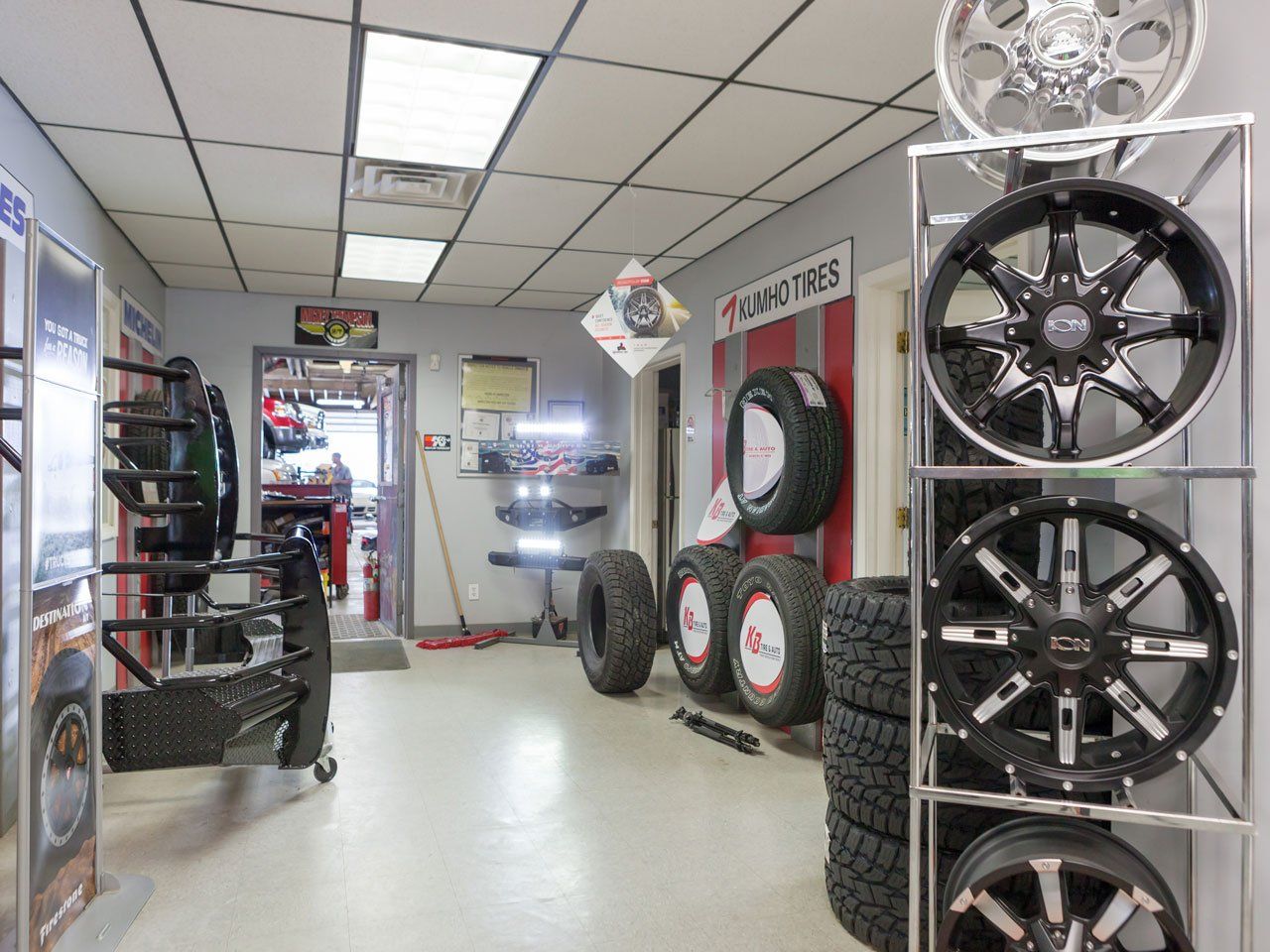Belts & Hoses
Belts and Hoses
Trust Moberly’s Experts in Belts and Hoses
At KB Tire & Auto, we specialize in belt and hose maintenance and repair. Replace your belts and hoses properly the first time with KB Tire & Auto, so you don’t end up having to do it again!
About Belts and Hoses
Your belts and hoses are extremely important to keeping your vehicle functioning properly. Belts keep your internal components moving properly, and hoses help liquid and gases move throughout your engine compartment and around your car. It’s important to have your belts and hoses routinely checked.
Serpentine Belt
The serpentine belt serves a valuable purpose in a vehicle. The serpentine belt is ribbed along one side, and it’s thinner than the timing belt. This belt has a lot more flexibility, and it can move around smaller components of the engine easier.
It’s important that you keep this belt maintained for a number of reasons. This belt assists with transmitting power between the steering pump, alternator, water pump and air conditioner.
It’s important that you keep this belt maintained for a number of reasons. This belt assists with transmitting power between the steering pump, alternator, water pump and air conditioner.
Timing Belt
The timing belt differs from the serpentine belt. This belt is stronger and more durable, because it drives all of the accessories that are installed in the engine including the alternator, the power steering pump, the air conditioner compressor and the water pump.
If this belt breaks, your engine will shut down, and it can cause major engine damage.
If this belt breaks, your engine will shut down, and it can cause major engine damage.
Fuel Hose
This hose sends gasoline from the gas tank to the engine
Radiator Hose
This hose delivers coolant to the engine
Power Steering Hose
This hose connects the power steering pump to the steering equipment
Heater Hose
This hose provides coolant to the heater core.
Replacing Belts and Hoses
Hose manufacturers typically advise car owners to replace their hoses every four years.
You should have your belts replaced around every four to five years.
The rubber in your belts and hoses will deteriorate with age, and small cracks start to form in the rubber. The key is to stay on top of your preventative maintenance before your belts and hoses fail. Doing so can actually end up saving you a lot of money given the consequences that a broken belt or hose can have.
It’s important that you find a mechanic or auto shop that has licensed professionals that are trained properly on replacing belts and hoses.

